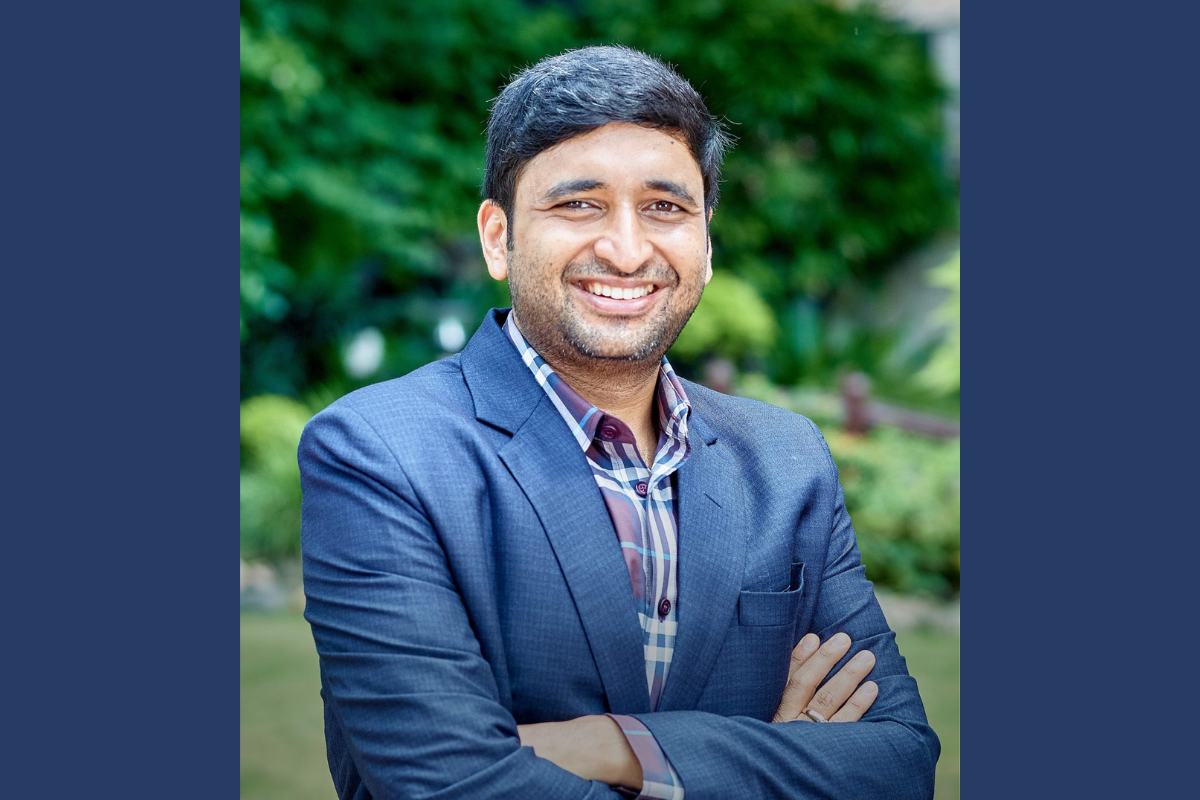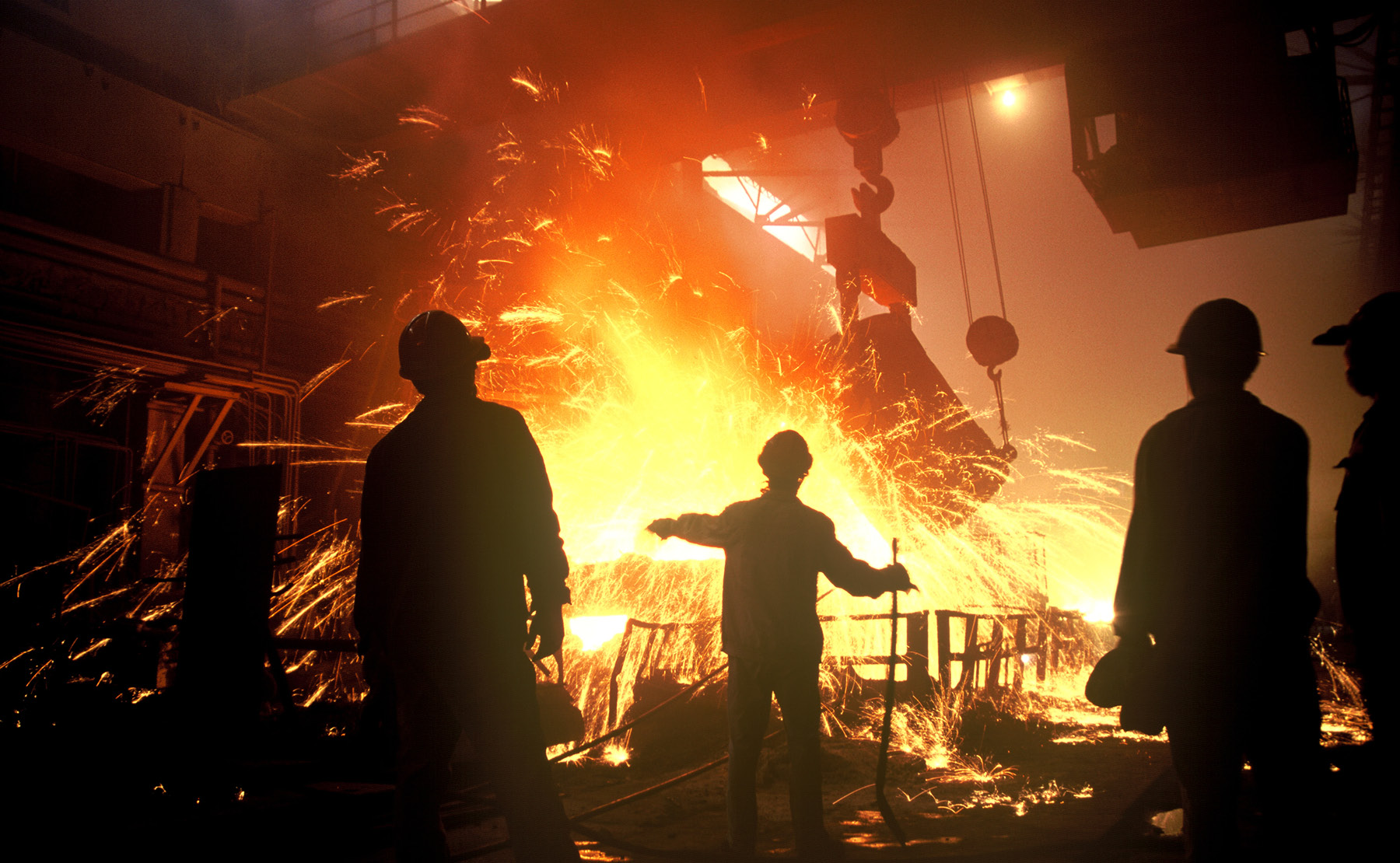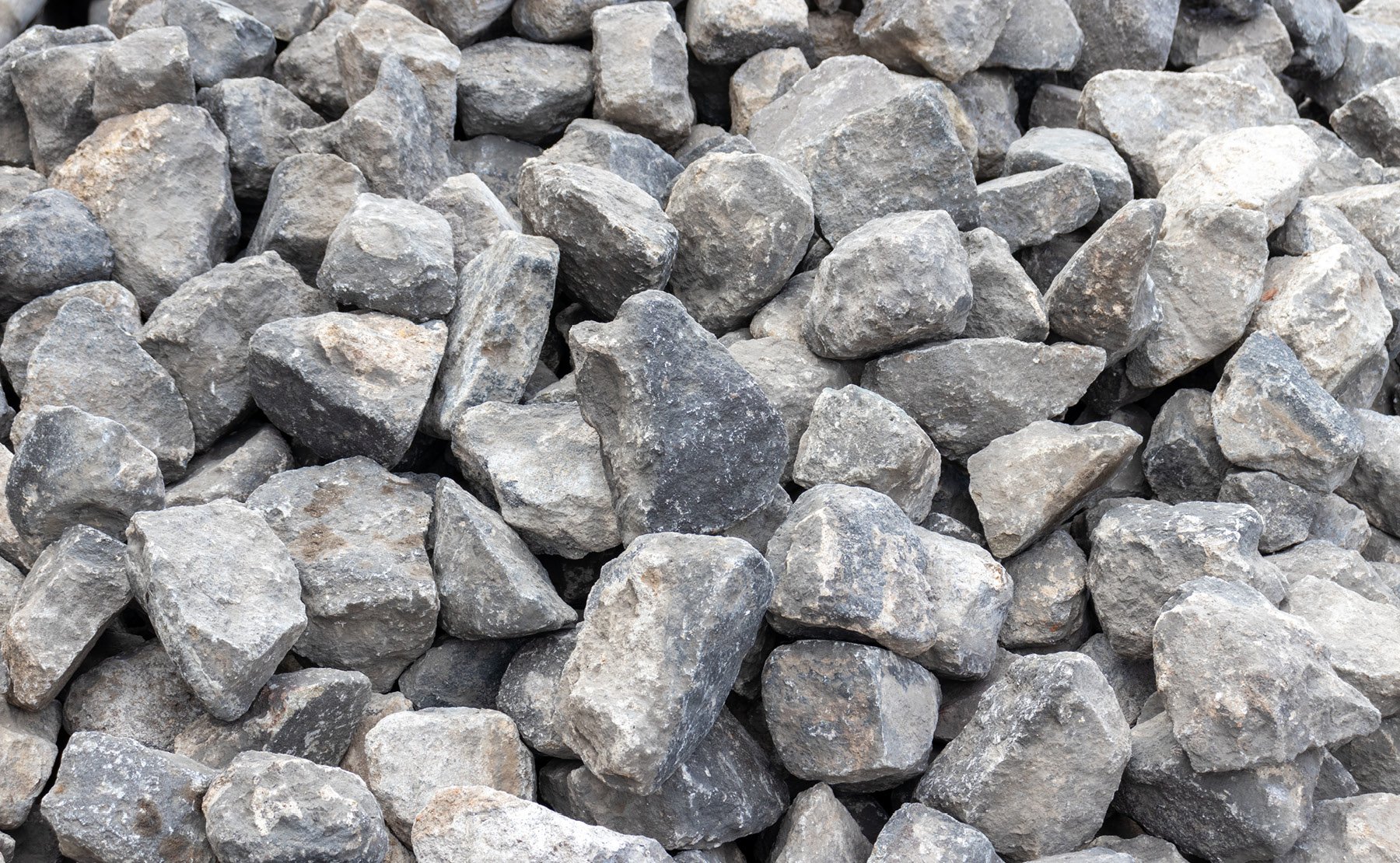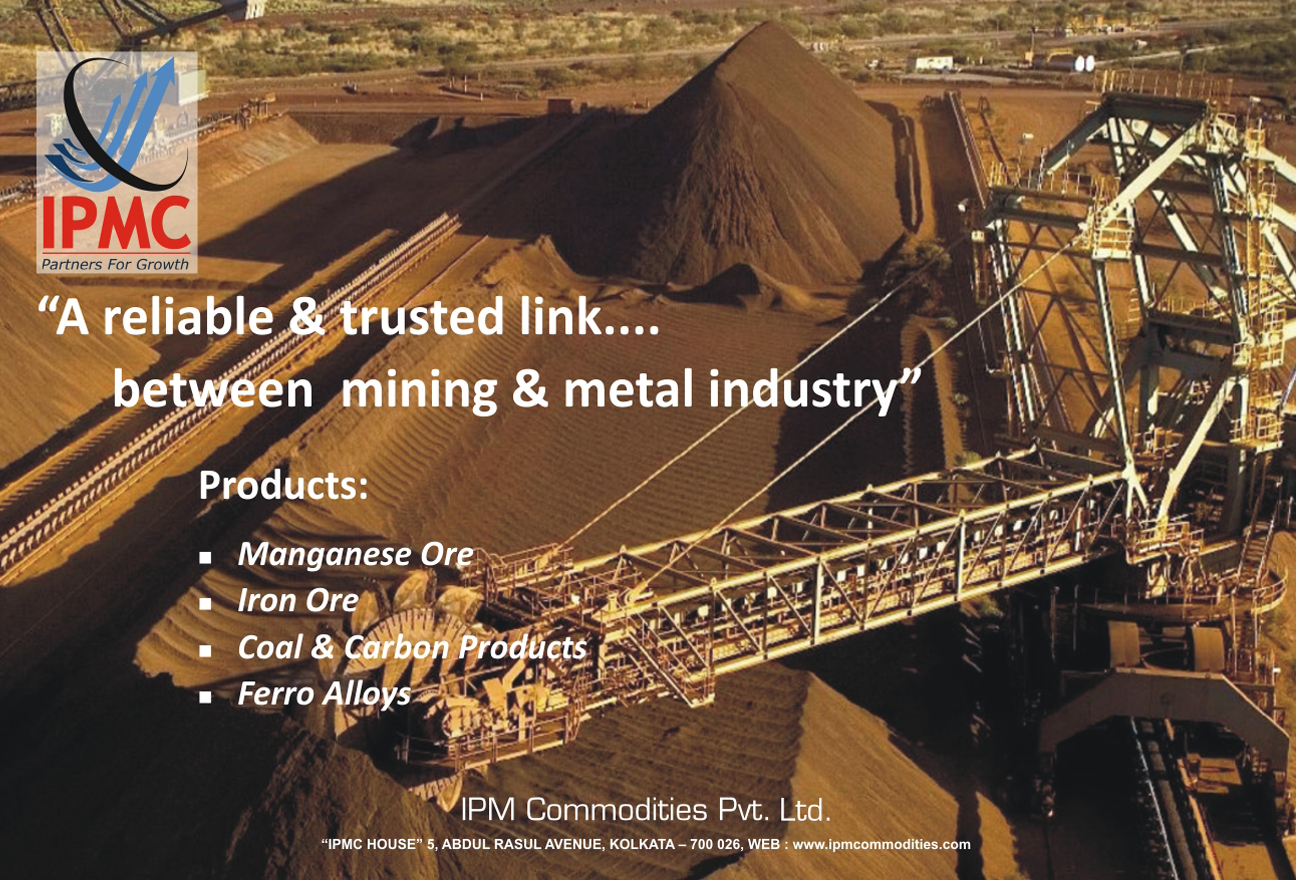Ferroalloys – alloys of iron – began to boom a few short years after Gaurav Budhia started working at his father’s firm, Bihar Foundry & Castings (BFCL). “When I first joined the business, 17 years ago, we were more focused on iron and steel TMT bars and less on ferroalloys,” the Director tells The CEO Magazine. “But after the 2008 boom in the ferroalloy industry, we came up with additional capacities in ferroalloy furnaces.”

This pivot not only helped Gaurav strengthen BFCL’s market share but also brought sweeping changes to everyday processes at the company.
When he started at BFCL it had two ferroalloy furnaces of five megavolt amperes, a small manual rolling mill and three induction furnaces – all representing a bygone era. However, after much trial and error, he infused new technology into the company. “Since we had induction furnaces, we set up three nine-megavolt ampere furnaces, because backward integration was important for us,” he says.
“To achieve backward integration, we decided to add three sponge iron kilns with 100 tonnes per day capacity, and along with that we installed a six-megawatt waste heat recovery boiler power plant to utilise the pollution waste. By 2016, our induction furnaces were ageing, so we set up four new induction furnaces of 10 tonnes each, along with a continuous casting machine.”

If you’re based on one product, you are bound to the risks of the market, but if you’re flexible and open to various products, you can easily switch.
All of these started showing results for Gaurav and BFCL. “Earlier, the steel melting shop induction furnaces had a production capacity of only 48,000 tonnes annually. We currently have an annual capacity of 150,000 tonnes. Both sponge iron and ferroalloy have a capacity of 100,000 tonnes annually.”
Bigger goals
All of these upgrades were made keeping a few strategies in mind. Right from the get-go, Gaurav wanted to improve the business prospects of BFCL. First, he wanted international exposure to importing and exporting manganese ore and other raw materials. Second, he wanted to improve the production efficiency of BFCL plants. And third, by experimenting with the raw material quality of iron ore, pellets and coals, he aimed to reach the optimal balance between cost, recovery and availability.
“We have all the products in our portfolio. Whatever the customer asks for we just have it available in front of us. If you’re based on one product, you are bound to the risks of the market, but if you’re flexible and open to various products, you can easily switch,” he explains.
After redefining the DNA of BFCL, Gaurav is now looking to scale new heights. “With time, I came to realise that there’s no set technological parameter. You can always do better,” he says. Consequently, he is importing proprietary CLU converters from Uvån Hagfors Teknologi in Sweden to produce high carbon manganese and silico manganese. According to Gaurav’s projection, these converters coupled with heat waste management will significantly boost BFCL’s turnover by the end of the next financial year.
He is relentless in bringing down procurement and production costs because he’s aware of the strong competition that’s brewing in the sector. Gaurav is also analysing the rising cost of power in India, which might deter a lot of ferroalloy production. But he has the mindset and the team to overcome these challenges. “If everyone is looking to give their best and everyone has the hunger to learn, then that is the best an organisation can get,” he says.
Corporate responsibility
On the supplier front, Gaurav has established a decade-long partnership with mainstream miners and vendors. Power is supplied by Damodar Valley Corporation while a local supplier provides oxygen. Such stable partnerships have yielded great results during days when raw materials were scarce in the market. Long-term suppliers have also helped BFCL build a long-term customer base.
“Out of our total sales of ferroalloy, 50–60 per cent are long-term contracts. We are happy to say that contracts made for one year have been getting renewed year after year,” Gaurav shares proudly. Currently, the company has 20–25 critical suppliers that handle the bulk of the assignments.

If everyone is looking to give their best and everyone has the hunger to learn, then that is the best an organisation can get.
However, BFCL is not dependent on third-party logistics providers to maintain quality. “We have our own fleet for transportation between the plant and the nearest port in Haldia, Kolkata,” he explains.
Despite being incredibly passionate about the growth of his company, Gaurav is aware of the impact of the ferroalloy industry on the environment, and is committed to finding solutions such as its waste heat power plant. BFCL also spends two to three per cent of its profit on the wellbeing of locals. This includes medical treatment, food distribution and education for disadvantaged people in the region.
IPM Commodities



